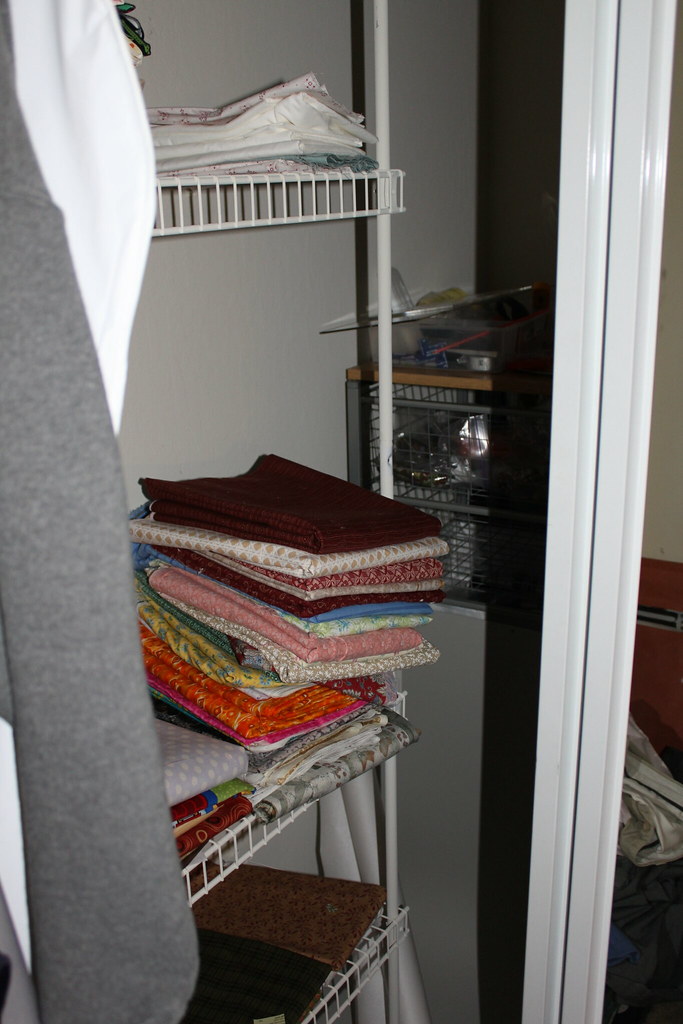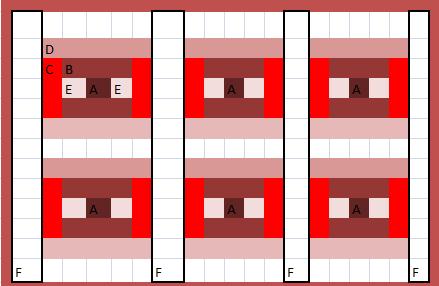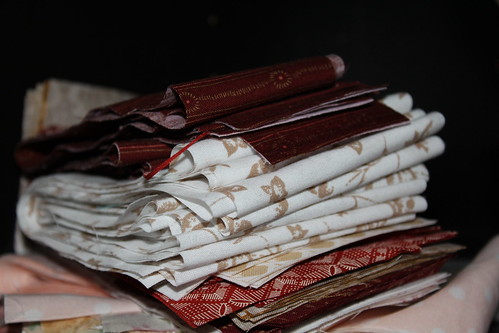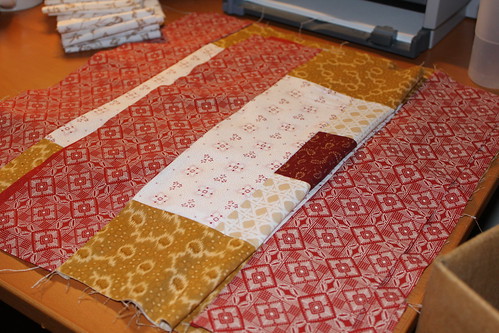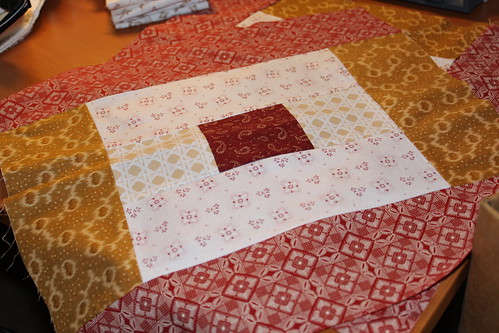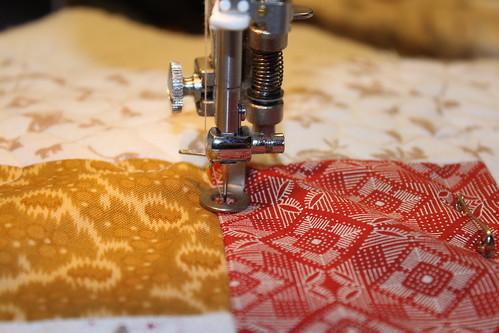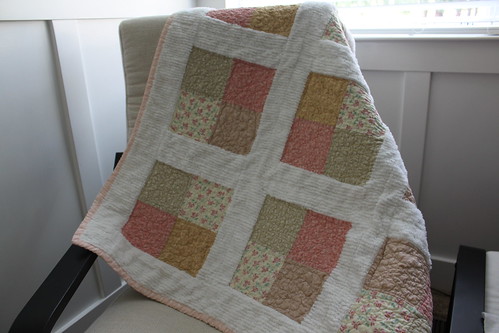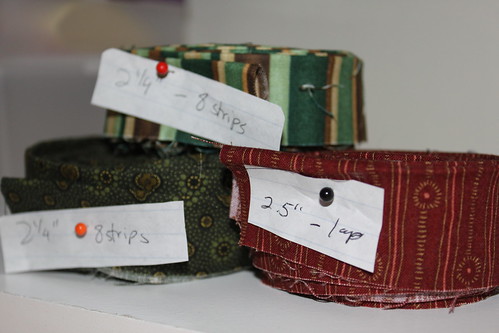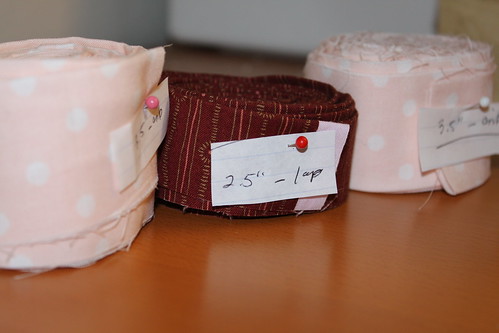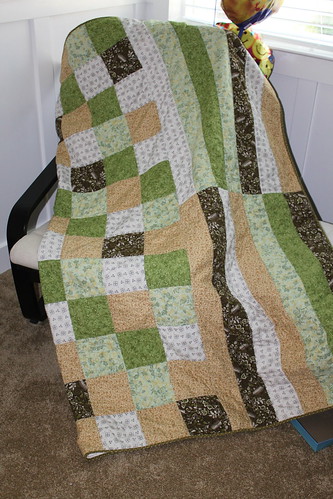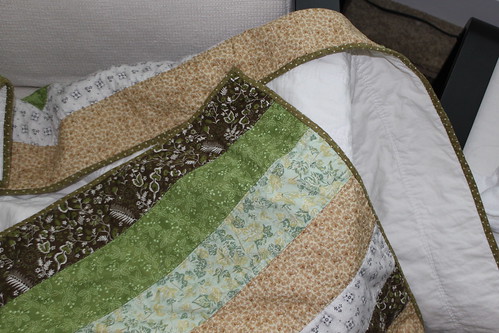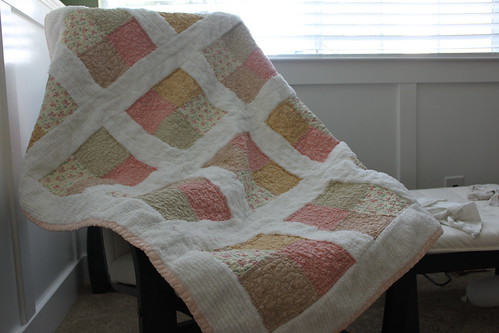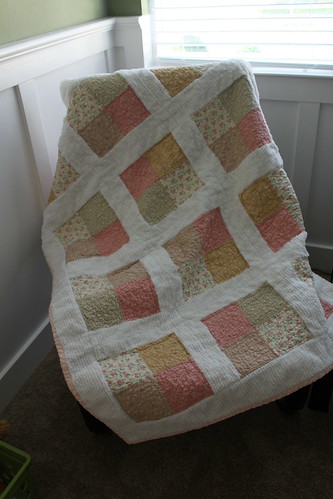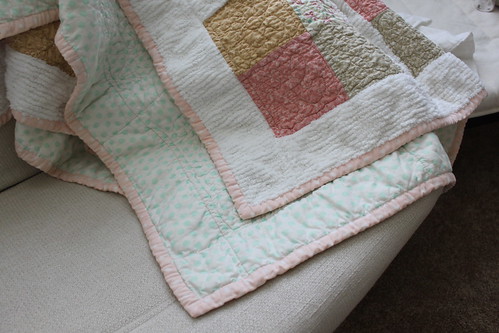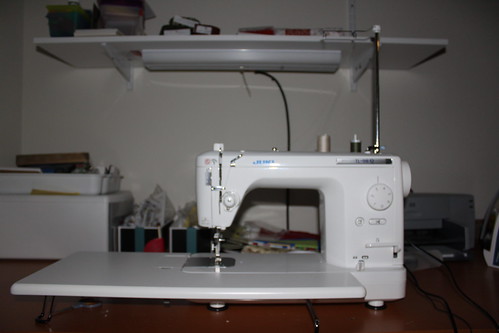Why I don’t like it? Or could I even say I HATE it? I don’t even know where to begin. Let’s see –
- The inconvenience of having an ironing board and iron around. My sewing room is small enough as it is without having the ironing table area setup. Maybe I just need a bigger room but it’s totally not a pleasant experience having to iron right now.
- The heat of the iron on a hot day. Where I live it gets pretty hot in the summer and with an old AC unit that is chugging along on its last legs, it is not pleasant. On days when I do have a lot of pressing to do, I try to do this in the morning or late at night – trying to avoid the (even hotter) room. I think last summer I house got over 90 degrees inside – and that’s WITH the AC running!
- The fear of burning my fingers or my kids. I don’t like to get near the pressing stage of projects when my kids are around. It’s just too risky. I usually wait till they’re napping, sleeping, or completely placated with toys and/or TV.
- I just don’t like ironing. Even outside of ironing/pressing sewing projects, I don’t like ironing. I wait until the basket for ‘clothes that needs ironing’ gets completely full before touching it.
But as much I hate pressing I love the results of it. There’s no way around the advantages of a meticulously pressed quilt top :
- It’s easier to piece together blocks that are pressed. I like to press each sewn edge right after its sewn. I try sometimes to skip this process and wait till I get a bunch of edges sewn on a block, but this makes it harder to press since you have several edges together.
- It makes the quilt top completely flat if pressed properly. It makes all the patches/blocks act like one flat fabric, thus making it flat. This is great when sandwiching your quilt together.
- Whether you’re press your seams open (like me) or to one side, it is always good to press them in place before piecing together sewn pieces. You don’t want to be fussing around with holding the seams in place when at the sewing machine – it’s just a bad idea. Take the time and press seams in place before going to the machine.
Here’s a picture of my next quilt during one of the ironing sessions.

Note that if your seams are parallel you could wait till you have all your parallel seams – as long as you don’t have perpendicular ones – sewn to do the ironing.
I press the seams open with my finger tips just prior to applying the iron.
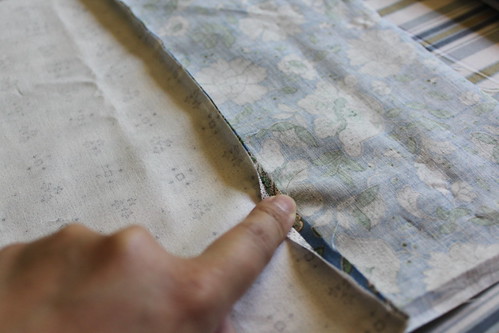
Finger pressing the seam open just before the iron presses it down. I usually press my seams open unless I really need to press it to one side - like working with a thicker material next to a thin one like in the case of the Baby Rose quilt, and maybe fabrics that are very sheer that you don't want to see on the underside.
Haha, here’s my older son letting me know that it’s time to stop ironing and time to start playing :).
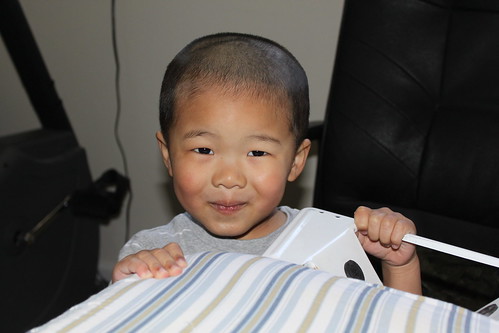
Don’t worry, the iron was put away and turned off by the time this picture was taken :P. I use a regular ironing board for smaller projects. When the quilt gets too big I use lay towels on the floor to
act as a giant ironing table.
So there you have it – something I HATE about quilting – the need to iron/press. Very good for the quilt but not good for me.



